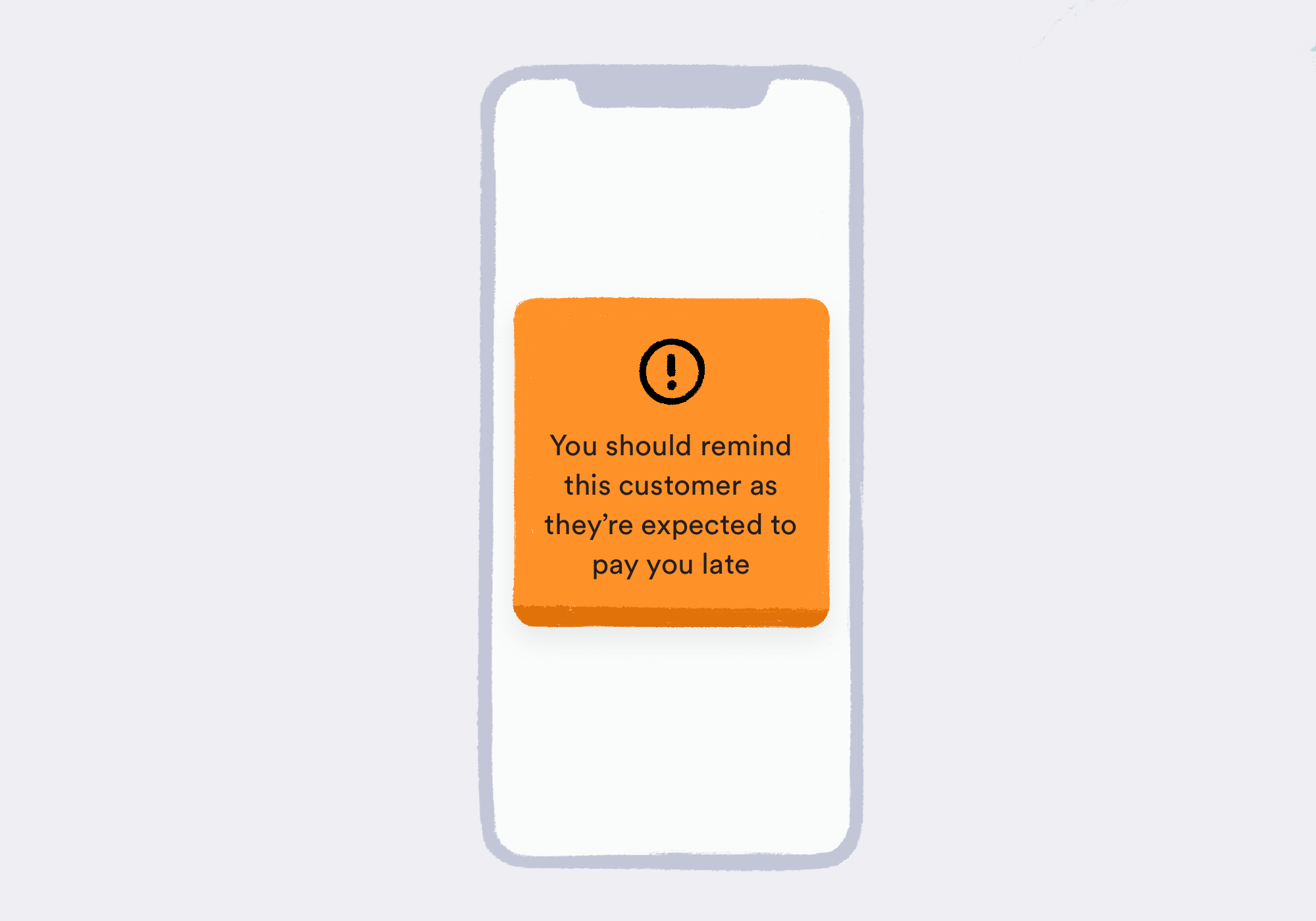Despite spending over 40 years in academia, being the recipient of the Nobel Memorial Prize for Economic Sciences and writing several books, Richard Thaler usually summarises his expert advice into three words: Make it easy.
While it might seem like simple advice, it’s at the heart of why leveraging behavioural science can be a powerhouse for financial institutions who want to influence their clients for the better, and to impact society positively.
As a behavioural scientist who works for the best interests of small businesses, I wanted to give some insight as to how small businesses could use behavioural science as a competitive advantage.
Truly human-centric design
Over the past few years, there’s been lots of talk about the different biases humans experience.
I disagree with the framing of these biases as negative, as most of the time these rules of thumb help us immensely in our day-to-day-lives. Other times they mean we don’t make the best decision, or simply don’t take any action at all.
A good example of this - pension saving.
Humans instinctively have a present bias, meaning we prefer rewards now over rewards in the future. This made sense before the advent of agriculture, when we had a lot less certainty as to where our next meal was coming from.
However, nowadays, it means we often prefer saving for retirement later on much more than saving now.
With an ageing population projected to place serious strain on public finances, saving for retirement is now more important than ever.
The “making it easy” advice involved changing the system entirely from opt-in, (where you let your employer know if you want to join their pension scheme) to opt-out, (where you are automatically enrolled but can leave the scheme at any time).
Simply changing the pension default drastically increased the number of people saving for their own retirement.
Sometimes traditional research methods undertaken by companies can compound these biases. For example, the social desirability bias may lead respondents to answer questions inaccurately, especially around sensitive topics such as their finances.
I want to challenge every single person reading this to embrace new technologies such as implicit association testing to complement existing research methods and learn even more about what really motivates our customers.
Cutting through the noise
Here at tomato pay (formerly known as Fractal) we know small business owners are poor on time and often lack the financial knowledge their service providers take for granted. Our industry uses terms like APR, debtors and cash flow every day, without really investigating how much our customers know what we’re talking about.
Behavioural scientists can help organisations understand what captures a human’s attention and what their perception is, allowing us to cut through the noise and deliver the right product or insight at the right time. It also allows us to access new, creative solutions we wouldn’t have thought of before.
A good example of this - online beauty booking platform Treatwell recently partnered with Public Health England to launch their ‘Life Saving Wax’ campaign. With cervical screening attendance at a 20-year low, Treatwell are encouraging beauticians to talk with women about the importance of pap smears. It’s a great example of the messenger effect, using a trusted voice to convey an important message in an environment where you have someone’s full attention.
Return on investment
Behavioural science has grown in popularity as it promises big returns from small ‘tweaks’ in interfaces or communications. Government bodies were among the first to embrace behavioural science, and there is a major reason for this - their UK Behavioural Insights team began their initial trial to bring in an additional £160m from adding a social norm sentence to letters.
However, there’s a lot to be said for designing full systems end-to-end from a behavioural science perspective. Research has shown that the effects of smaller language or design changes can wear off over time, or sometimes a legacy system is just so unfriendly to use no amount of behavioural fine-tuning can compensate. Here at tomato pay, we’re all working to ensure that we make finance as easy to manage as possible for SMEs.
tomato pays mission is to enable small business’ success by making their finances easier. We can only do this by combining the power of technology, machine learning and behavioural science.






